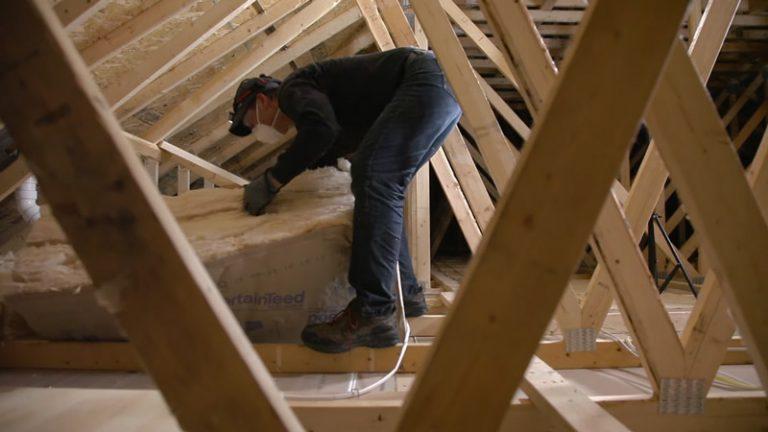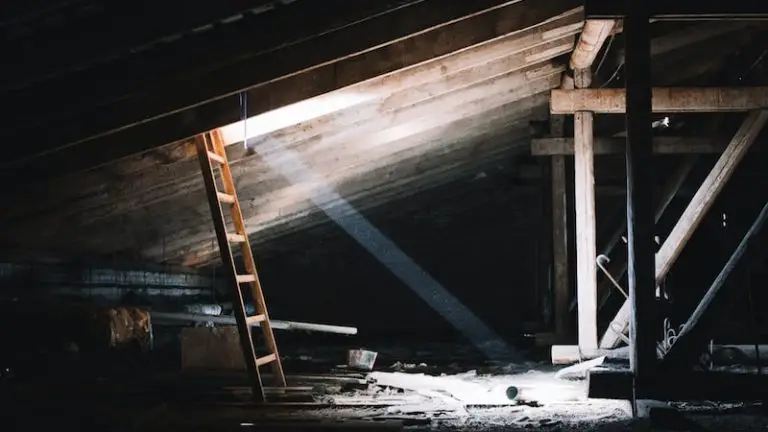Why Your Top Piece of Vinyl Siding Keeps Falling Off?
Vinyl siding is a popular choice for homeowners due to its durability, low maintenance, and attractive appearance. However, issues can arise, such as the top piece of vinyl siding falling off.
This problem can be frustrating and concerning, but understanding the reasons behind it and knowing how to fix it can help maintain the integrity of your home’s exterior. This comprehensive guide will delve into the common causes, preventative measures, and solutions for keeping your vinyl siding securely in place.
You'll Learn About
Why Your Top Piece of Vinyl Siding Keeps Falling Off?
Vinyl siding offers an excellent combination of affordability, durability, and aesthetic appeal, making it a preferred choice for many homeowners. However, like any building material, it can face issues, particularly with the top pieces.
When the top piece of vinyl siding falls off, it not only compromises the appearance of your home but also exposes it to the elements, potentially causing more significant problems over time.
Understanding the underlying causes of this issue is crucial in addressing it effectively. This article will explore the primary reasons why the top piece of vinyl siding might fall off, provide practical solutions to fix the problem, and offer tips on preventing it from happening in the future.
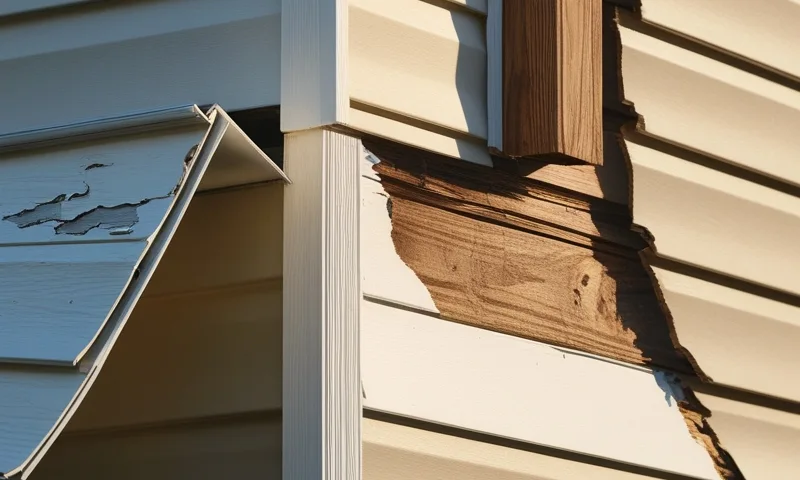
Common Causes of Vinyl Siding Falling Off
1.1 Improper Installation
One of the most common reasons for vinyl siding coming loose is improper installation. Vinyl siding must be installed with precision to ensure it remains secure. Here are a few installation issues that can lead to the top piece falling off:
- Nailing Issues: If the nails are driven too tightly, the siding cannot expand and contract with temperature changes, causing it to buckle and eventually come loose. Conversely, if the nails are too loose, the siding can easily be blown off by strong winds.
- Incorrect Overlapping: Vinyl siding panels should overlap adequately to stay secure. Insufficient overlap can result in panels coming loose over time.
- Lack of Locking: Vinyl siding panels are designed to lock together. If they are not properly interlocked, they can separate and fall off.
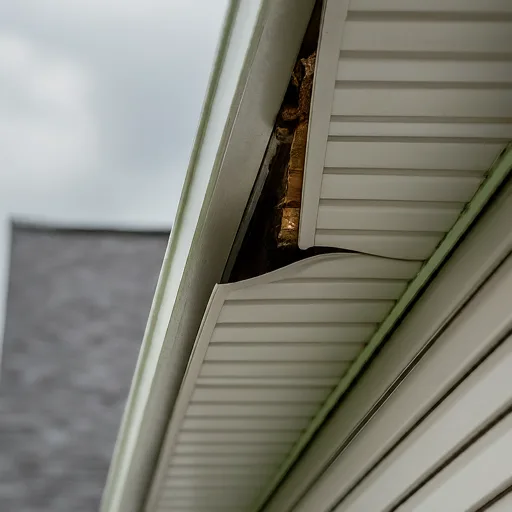
1.2 Weather Conditions
Weather plays a significant role in the stability of vinyl siding. Extreme weather conditions can cause the siding to expand and contract, leading to it coming loose. Here are some weather-related factors to consider:
High Winds: Strong winds can loosen or blow off improperly secured siding panels.
Temperature Fluctuations: Vinyl siding expands in hot weather and contracts in cold weather. If not installed correctly to accommodate this movement, the siding can become loose. Hot water is also problem for freezers.
Storms: Heavy rain, hail, and snow can all impact the integrity of your siding, especially if it’s already compromised.
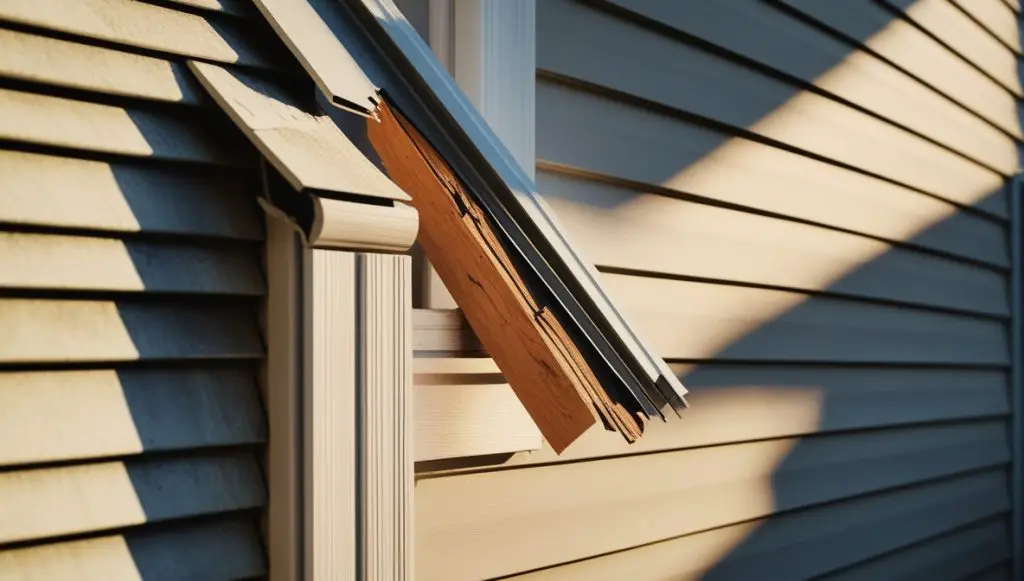
1.3 Poor Maintenance
Lack of regular maintenance can also contribute to the top piece of vinyl siding falling off. Regular inspections and maintenance can prevent small issues from becoming significant problems.
- Debris Build-Up: Debris behind the siding can push it out of place. And sometimes Chipmunk are there.
- Mold and Mildew: These can weaken the siding and its attachment points.
- Pest Infestations: Insects and rodents can cause damage to the siding, leading to it coming loose.
1.4 Structural Issues
Sometimes, the problem lies within the structure of the house itself. Issues such as settling foundations, warped walls, or rotting wood can affect the stability of the siding. Sometimes you might have power cable behind.
- Foundation Shifts: As the foundation settles, it can cause the siding to shift and come loose.
- Rotting or Warped Walls: The wall structure behind the siding needs to be solid. If it’s compromised, the siding can’t remain securely attached.
Solutions to Fix the Problem
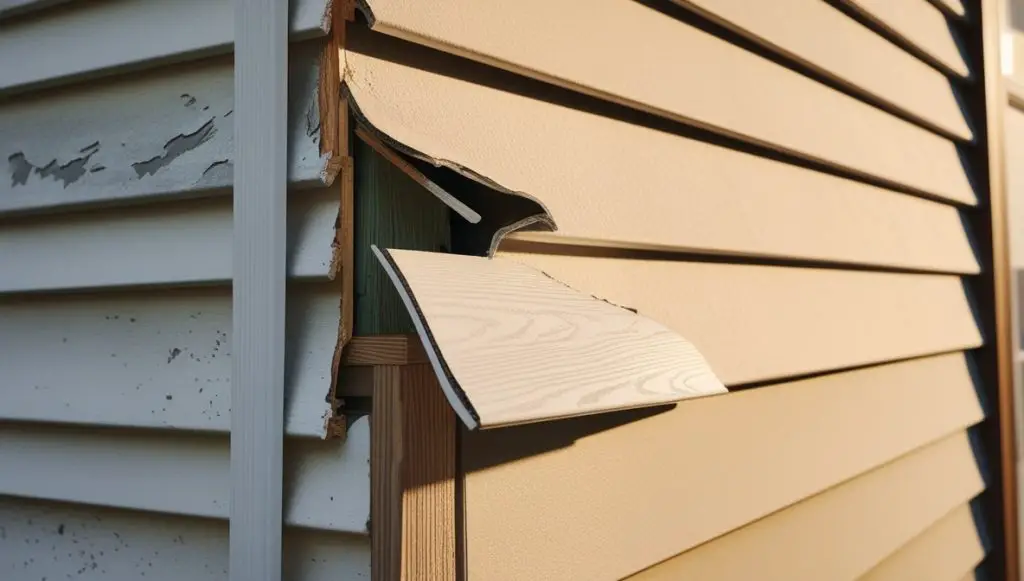
2.1 Reinstalling the Top Piece Correctly
The first step in fixing the problem is to ensure that the top piece of vinyl siding is reinstalled correctly. Here’s a step-by-step guide:
- Prepare the Area: Remove any loose pieces of siding and clean the area to ensure a good fit.
- Check the Nails: Ensure that nails are placed in the center of the nailing slots and are not driven too tightly.
- Use a J-Channel: Install a J-channel at the top edge to hold the siding in place. The J-channel should be securely nailed to the wall.
- Lock the Panels: Make sure the panels are properly locked together, starting from the bottom and working your way up.
- Allow for Expansion: Leave a small gap between the siding and the wall to allow for expansion and contraction.
2.2 Addressing Weather-Related Issues
To protect your siding from weather-related issues, consider the following:
- Wind Bracing: In areas prone to high winds, consider additional bracing or securing methods to hold the siding in place.
- Weather Stripping: Use weather stripping to protect the edges of the siding from wind and water infiltration.
- Regular Inspections: Inspect your siding regularly, especially after severe weather, to address any issues immediately.
2.3 Regular Maintenance
Regular maintenance can prevent many issues with vinyl siding. Here are some maintenance tips:
- Clean the Siding: Regularly clean your siding to prevent mold, mildew, and debris build-up. Use a gentle detergent and a soft brush.
- Inspect for Damage: Look for signs of damage such as cracks, holes, or loose panels and repair them promptly.
- Pest Control: Implement pest control measures to prevent insects and rodents from damaging your siding.
2.4 Structural Repairs
If structural issues are causing your siding to come loose, it’s essential to address these problems:
- Foundation Repair: If your home’s foundation is shifting, consult a professional to address the issue.
- Wall Repairs: Repair any rotting or warped walls to provide a stable surface for the siding to attach to.
Preventative Measures
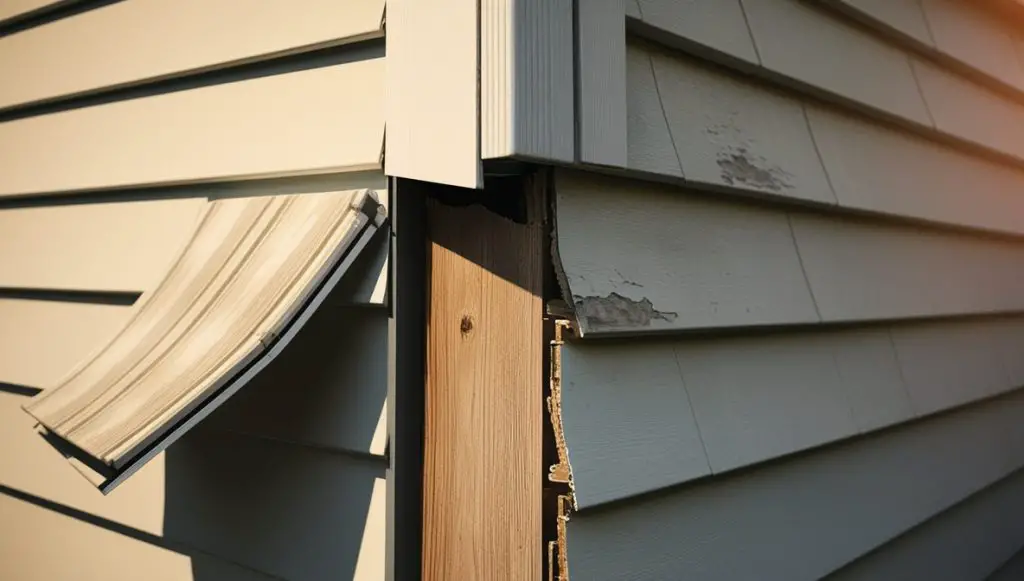
3.1 Professional Installation
Hiring a professional to install your vinyl siding can prevent many of the issues that lead to it coming loose. Professional installers have the experience and knowledge to ensure the siding is installed correctly and securely.
3.2 Quality Materials
Investing in high-quality materials can make a significant difference in the longevity and durability of your vinyl siding. Choose siding with good reviews and a proven track record for durability.
3.3 Regular Inspections
Conduct regular inspections of your siding, especially after severe weather. Look for signs of damage or loosening and address any issues promptly.
Causes and Solutions for Vinyl Siding Falling Off
| Cause | Description | Solution |
|---|---|---|
| Improper Installation | Incorrect nailing, insufficient overlap, lack of locking | Reinstall correctly, ensuring proper nailing, overlap, and locking |
| Weather Conditions | High winds, temperature fluctuations, storms | Wind bracing, weather stripping, regular inspections |
| Poor Maintenance | Debris build-up, mold and mildew, pest infestations | Regular cleaning, damage inspections, pest control |
| Structural Issues | Foundation shifts, rotting or warped walls | Foundation repair, wall repair |
| Professional Installation | Ensuring experienced installers handle the work | Hire professionals for installation and significant repairs |
| Quality Materials | Using low-quality materials that deteriorate quickly | Invest in high-quality siding materials |
| Regular Inspections | Failure to identify and address issues early | Conduct regular inspections, especially after severe weather |
Conclusion
The top piece of vinyl siding falling off can be a frustrating issue, but understanding the underlying causes and implementing the right solutions can help maintain the integrity of your home’s exterior. Whether it’s due to improper installation, weather conditions, poor maintenance, or structural issues, addressing these problems promptly and effectively is crucial.
By ensuring proper installation, regular maintenance, and addressing any structural issues, you can prevent your vinyl siding from coming loose. Investing in high-quality materials and professional installation can also provide long-term benefits, reducing the likelihood of problems in the future.
Regular inspections and prompt repairs will keep your siding looking great and functioning correctly, protecting your home from the elements and enhancing its curb appeal.

